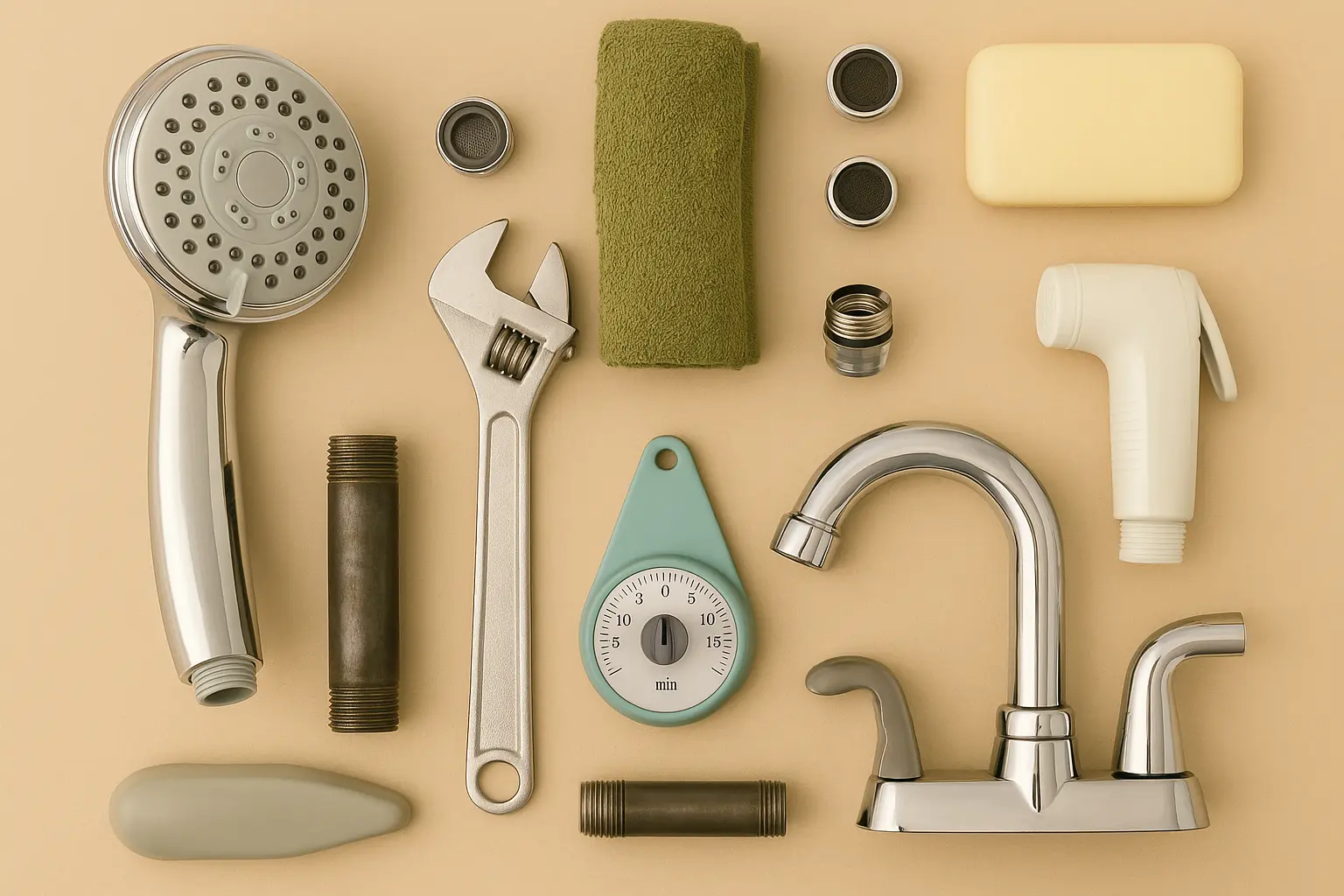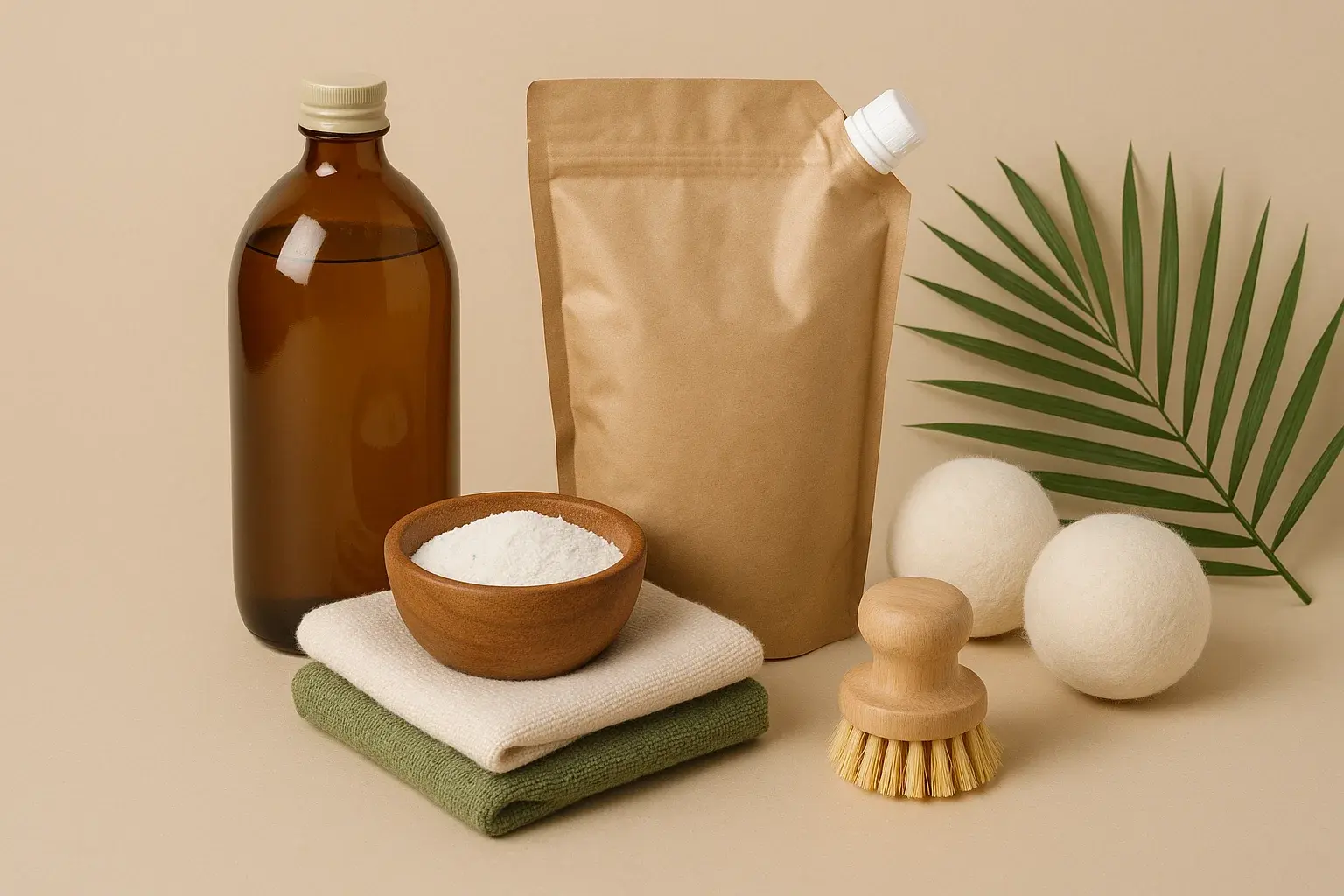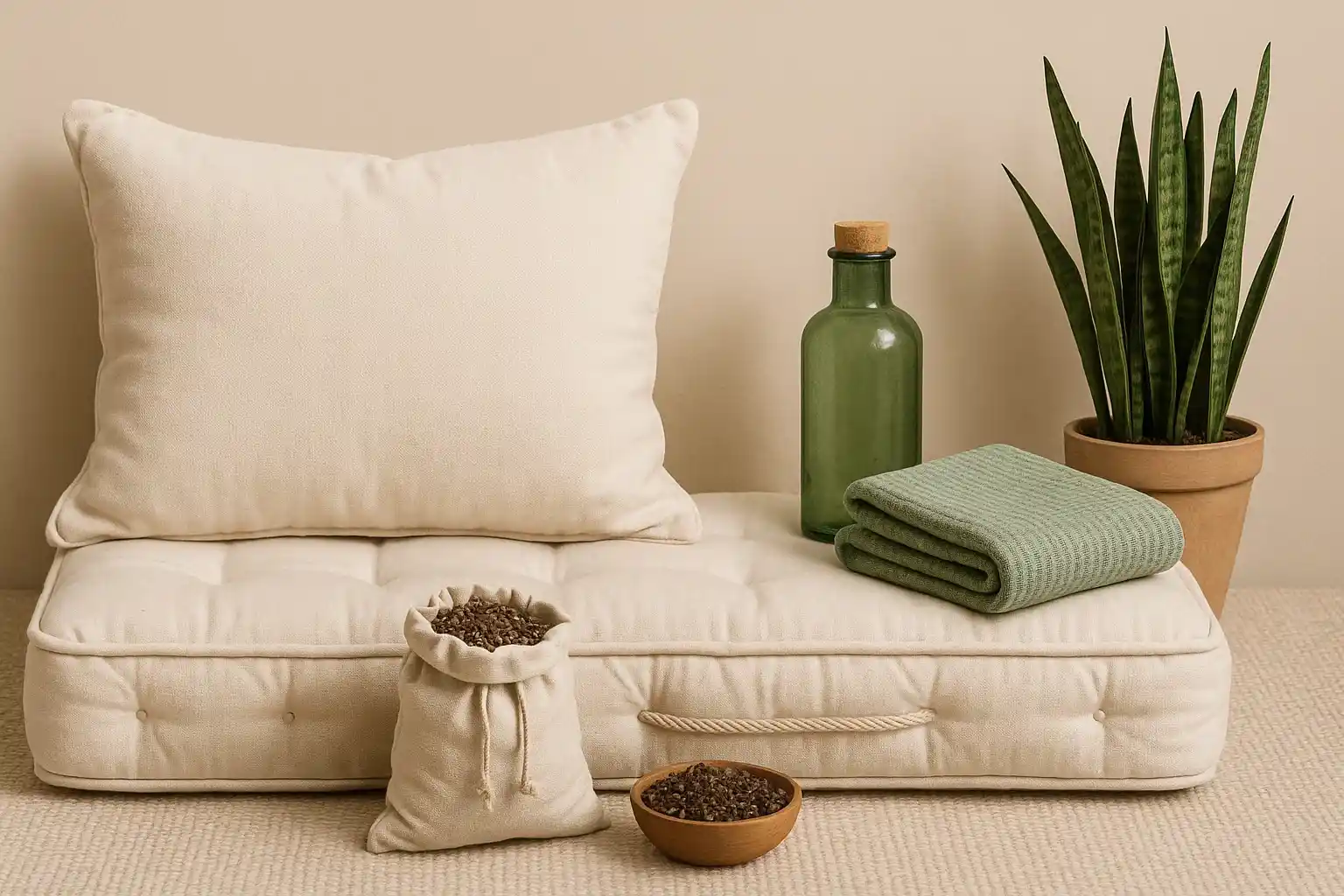Conserving Every Drop: Practical Strategies to Effectively Reduce Your Home's Water Usage

Water, a precious and increasingly vital resource, is essential for life. Yet, our daily household activities often consume significant amounts, sometimes without us even realizing the cumulative impact. Reducing our home's water usage isn't just an environmentally responsible action; it can also lead to noticeable savings on your utility bills.
This exploration delves into practical advice and actionable tips that you can implement to effectively reduce water consumption within your home. Our objective is to educate, encourage, and inspire you to adopt water-wise habits that benefit both your wallet and the planet.
The Bathroom: A Prime Target for Water Conservation
The bathroom is often where the most significant amounts of household water are used. Implementing changes here can yield substantial reductions:
- Shorter Showers: One of the easiest ways to save water is to reduce the length of your showers. Aim for five minutes or less. Consider using a timer to help you stay on track. Even a minute or two less per shower can add up to significant savings over time.
- Water-Efficient Showerheads: Installing a low-flow showerhead can drastically reduce the amount of water used per minute without compromising water pressure. Look for WaterSense certified models, which use no more than 2.0 gallons per minute.
- Turning Off the Tap: Be mindful of the water running while you brush your teeth, shave, or lather your hands. Turn off the tap when you don't need the water flowing. This simple habit can save gallons of water each day.
- Fixing Leaks Promptly: Even small drips from faucets and showerheads can waste a surprising amount of water over time. Regularly check for leaks and repair them immediately. A leaky faucet dripping at just one drip per second can waste over 3,000 gallons per year.
- Water-Wise Toilets: Older toilets can use several gallons of water per flush. Consider replacing them with high-efficiency toilets (HETs) that use 1.6 gallons per flush or less. Dual-flush toilets offer even more control, allowing you to use less water for liquid waste. Avoid using the toilet as a trash can to prevent unnecessary flushing.
The Kitchen: Smart Water Use in Food Prep and Cleaning
The kitchen is another area where mindful water usage can make a difference:
- Efficient Dishwashing: If you use a dishwasher, run it only when it's fully loaded. Use the economy or water-saving settings if available. For handwashing, don't let the water run continuously. Fill one basin for washing and another for rinsing.
- Rinsing Produce Mindfully: Instead of rinsing fruits and vegetables under a running tap, fill a basin with water to wash them. This uses significantly less water.
- Thawing Food Wisely: Avoid thawing frozen food under running water. Plan ahead and thaw items in the refrigerator overnight.
- Using Cooking Water: When boiling vegetables, consider using the leftover water (once cooled) to water your houseplants, as it often contains nutrients.
Laundry Practices: Reducing Water Consumption with Each Load
Doing laundry also contributes to your home's water footprint. Here's how to reduce it:
- Wash Full Loads: Operate your washing machine only when you have a full load. This maximizes water efficiency per wash cycle. If you have a smaller load, use the appropriate water level setting if your machine has one.
- Choose Water-Efficient Machines: When purchasing a new washing machine, look for Energy Star certified models, many of which are also water-efficient. Front-loading machines generally use less water than top-loading machines.
- Skip Pre-Washing When Possible: Unless clothes are heavily soiled, you can often skip the pre-wash cycle, saving several gallons of water per load.
Outdoor Water Use: Conserving in Your Yard and Garden
If you have outdoor spaces, there are many ways to reduce water usage there as well:
- Watering Wisely: Water your lawn and garden deeply but less frequently to encourage deep root growth, making plants more drought-tolerant. Water early in the morning or late in the evening to minimize evaporation.
- Using Soaker Hoses or Drip Irrigation: These methods deliver water directly to the plant roots, reducing water waste from evaporation and runoff compared to sprinklers.
- Rainwater Harvesting: Install rain barrels to collect rainwater from your roof. This harvested water can then be used for watering plants, washing your car, or other non-potable uses.
- Choosing Drought-Tolerant Plants: Opt for native and drought-tolerant plants in your landscaping, which require less supplemental watering once established.
- Using Mulch: Apply mulch around plants to help retain soil moisture, reduce evaporation, and suppress weeds, thus lessening the need for frequent watering.
Implementing these practical tips can lead to a significant reduction in your home's overall water usage. It's about adopting a more conscious approach to our daily routines and making small changes that collectively have a large impact. Conserving water protects this vital resource, helps the environment, and can also save you money. Every drop we save contributes to a more sustainable future.
Related Blogs

5 Home Decor Trends That Nurture Your Space and the Planet
Insights on 5 home decor trends that are also earth-friendly in a sustainable way.

Laying the Foundation for a Greener Home: Your Eco Starter Kit
Insights on building an eco starter kit for your home in a sustainable way.

Step Softly on the Earth: Upgrading Your Home with Natural Floor Rugs
Choose biodegradable and non-toxic jute, organic cotton, or wool rugs over synthetic options.

Clean Laundry, Clear Conscience: Sustainable Swaps for Conventional Detergents
Switch to soap nuts, eco-enzyme cleaners, or plant-based detergents for toxin-free laundry.

Breathing Easier, Living Greener: The World of Eco Paints and Finishes for a Healthier Home
Insights on eco paints and finishes for a healthier home in a sustainable way.

Dreaming of a Greener Sleep: Choosing Natural Mattress Toppers for a Healthier Bed
Upgrade your sleep with non-toxic, breathable, and biodegradable latex, organic cotton, or wool toppers.
Stay in the Loop
Get tips and insights tailored to your interests — no spam, just sustainability.